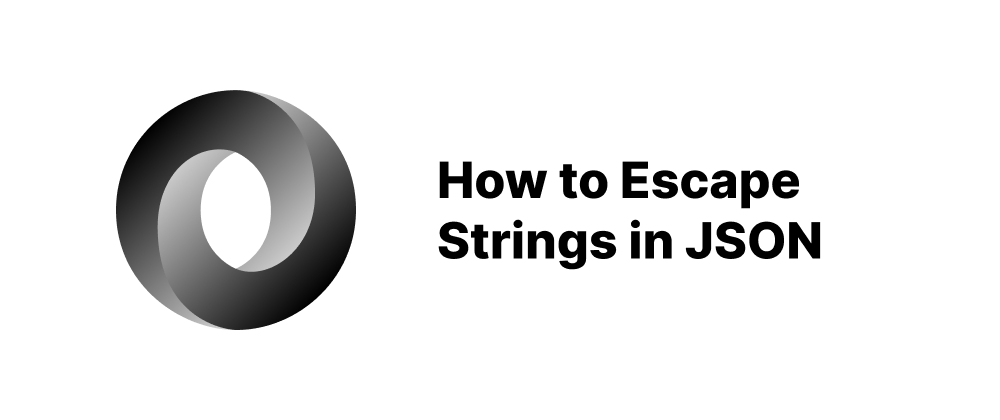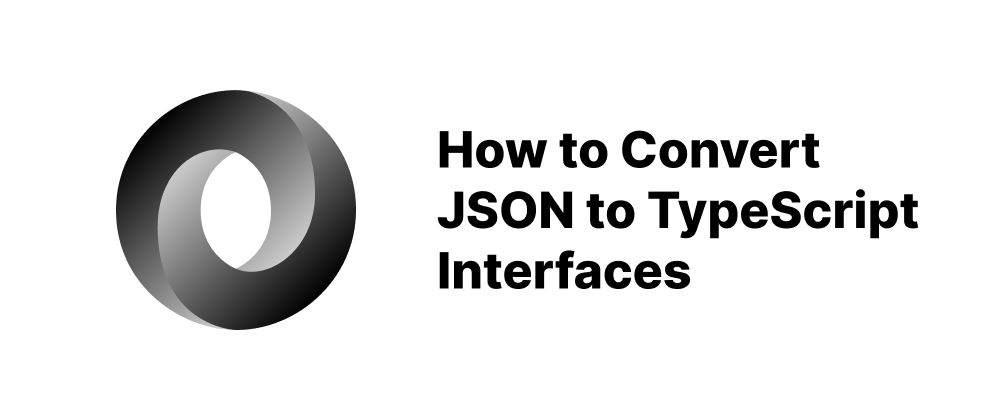Understanding JSON: A Guide with Sample Examples
Emily Parker
Product Engineer · Leapcell

Key Takeaways
- JSON is a lightweight and widely-used data format for data exchange.
- It supports structured data via objects and arrays.
- JSON is easy to read, write, and parse across many programming languages.
JSON (JavaScript Object Notation) is a lightweight data-interchange format that is easy for humans to read and write, and easy for machines to parse and generate. It is widely used in web applications to transmit data between a server and a client.
What is JSON?
JSON is built on two structures:
-
Objects: An unordered set of name/value pairs. In various languages, this is realized as an object, record, struct, dictionary, hash table, keyed list, or associative array.
-
Arrays: An ordered collection of values. In most languages, this is realized as an array, vector, list, or sequence.
JSON is language-independent but uses conventions familiar to programmers of the C family of languages, including C, C++, C#, Java, JavaScript, Perl, Python, and many others.
Basic JSON Syntax
A JSON object is written in curly braces {} and consists of key/value pairs. Each key is a string enclosed in double quotes, followed by a colon and the value. Multiple key/value pairs are separated by commas.
Example:
{ "name": "John", "age": 30, "isStudent": false }
A JSON array is written in square brackets [] and contains a list of values separated by commas.
Example:
["apple", "banana", "cherry"]
Sample JSON Examples
1. Simple Object
A basic JSON object representing a person:
{ "firstName": "Jane", "lastName": "Doe", "age": 25, "email": "jane.doe@example.com" }
2. Nested Object
JSON objects can be nested within other objects:
{ "employee": { "id": "E123", "personalInfo": { "name": "Alice Smith", "contact": { "email": "alice.smith@example.com", "phone": "555-1234" } }, "position": "Software Engineer" } }
3. Array of Objects
An array containing multiple JSON objects:
[ { "productId": "P001", "productName": "Laptop", "price": 999.99 }, { "productId": "P002", "productName": "Smartphone", "price": 499.99 } ]
4. Complex JSON Structure
A more complex JSON example combining objects and arrays:
{ "orderId": "O1001", "customer": { "name": "Bob Johnson", "address": { "street": "123 Maple Street", "city": "Anytown", "state": "CA", "zip": "90210" } }, "items": [ { "productId": "P001", "quantity": 2 }, { "productId": "P003", "quantity": 1 } ], "orderDate": "2025-05-10" }
JSON in Practice
JSON is commonly used in web APIs to exchange data between clients and servers. For example, a server might send a JSON response to a client's request:
{ "status": "success", "data": { "userId": "U1001", "username": "johndoe" } }
Clients can parse this JSON to extract and use the data as needed.
Conclusion
JSON is a versatile and widely adopted format for data interchange. Its simplicity and readability make it an excellent choice for representing structured data in web applications and beyond.
FAQs
JSON is mainly used to exchange data between clients and servers in web applications.
Yes, JSON allows nesting of objects and arrays to represent complex structures.
No, JSON is language-independent but follows syntax familiar to many programming languages.
We are Leapcell, your top choice for hosting backend projects.
Leapcell is the Next-Gen Serverless Platform for Web Hosting, Async Tasks, and Redis:
Multi-Language Support
- Develop with Node.js, Python, Go, or Rust.
Deploy unlimited projects for free
- pay only for usage — no requests, no charges.
Unbeatable Cost Efficiency
- Pay-as-you-go with no idle charges.
- Example: $25 supports 6.94M requests at a 60ms average response time.
Streamlined Developer Experience
- Intuitive UI for effortless setup.
- Fully automated CI/CD pipelines and GitOps integration.
- Real-time metrics and logging for actionable insights.
Effortless Scalability and High Performance
- Auto-scaling to handle high concurrency with ease.
- Zero operational overhead — just focus on building.
Explore more in the Documentation!
Follow us on X: @LeapcellHQ




